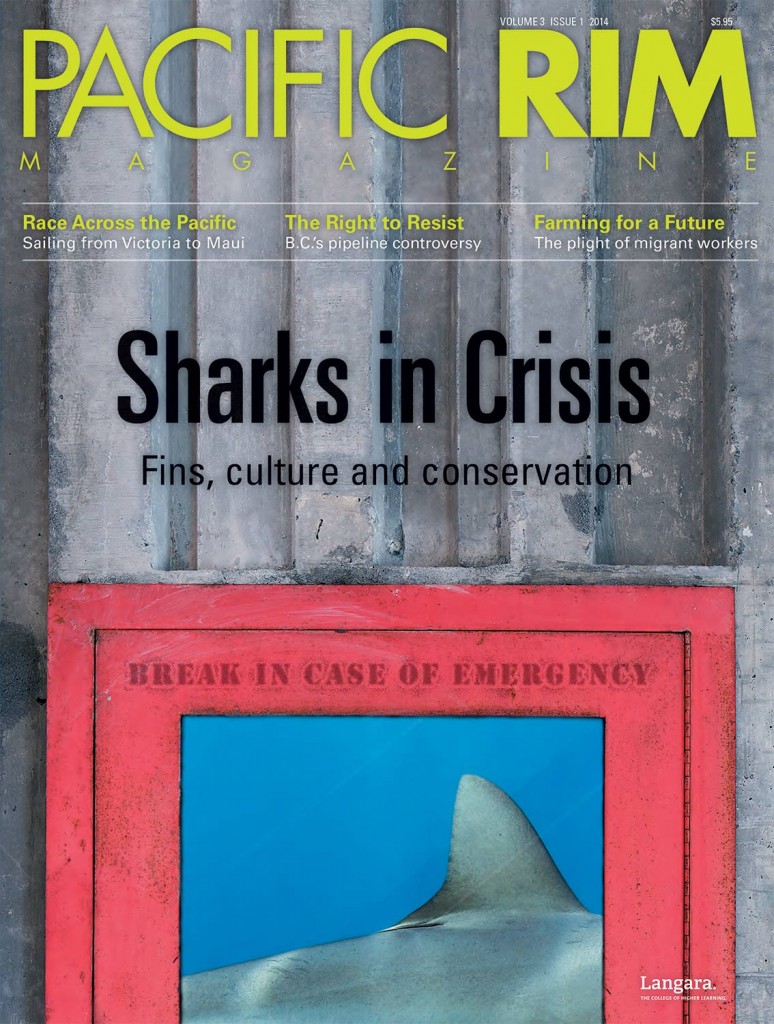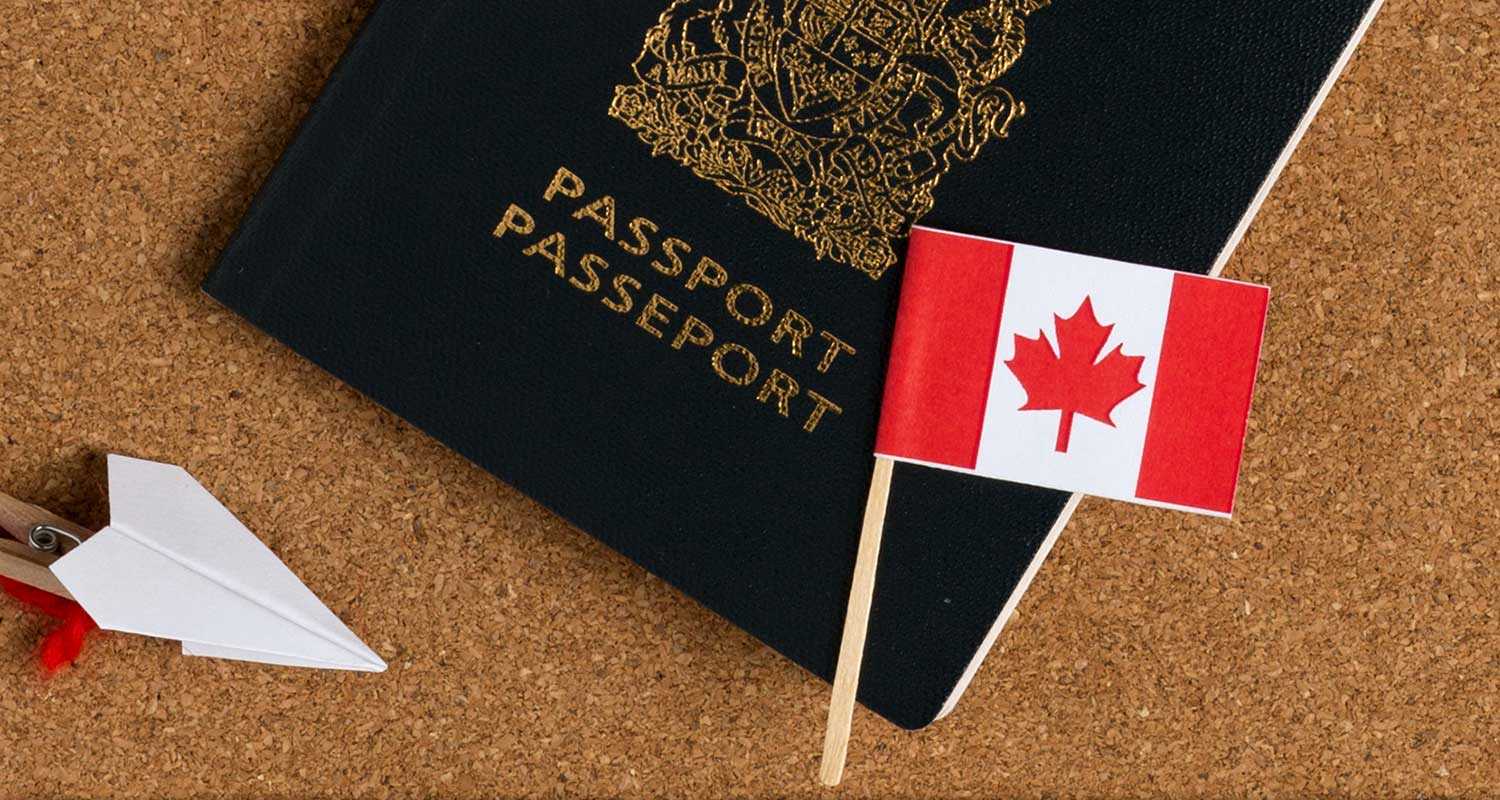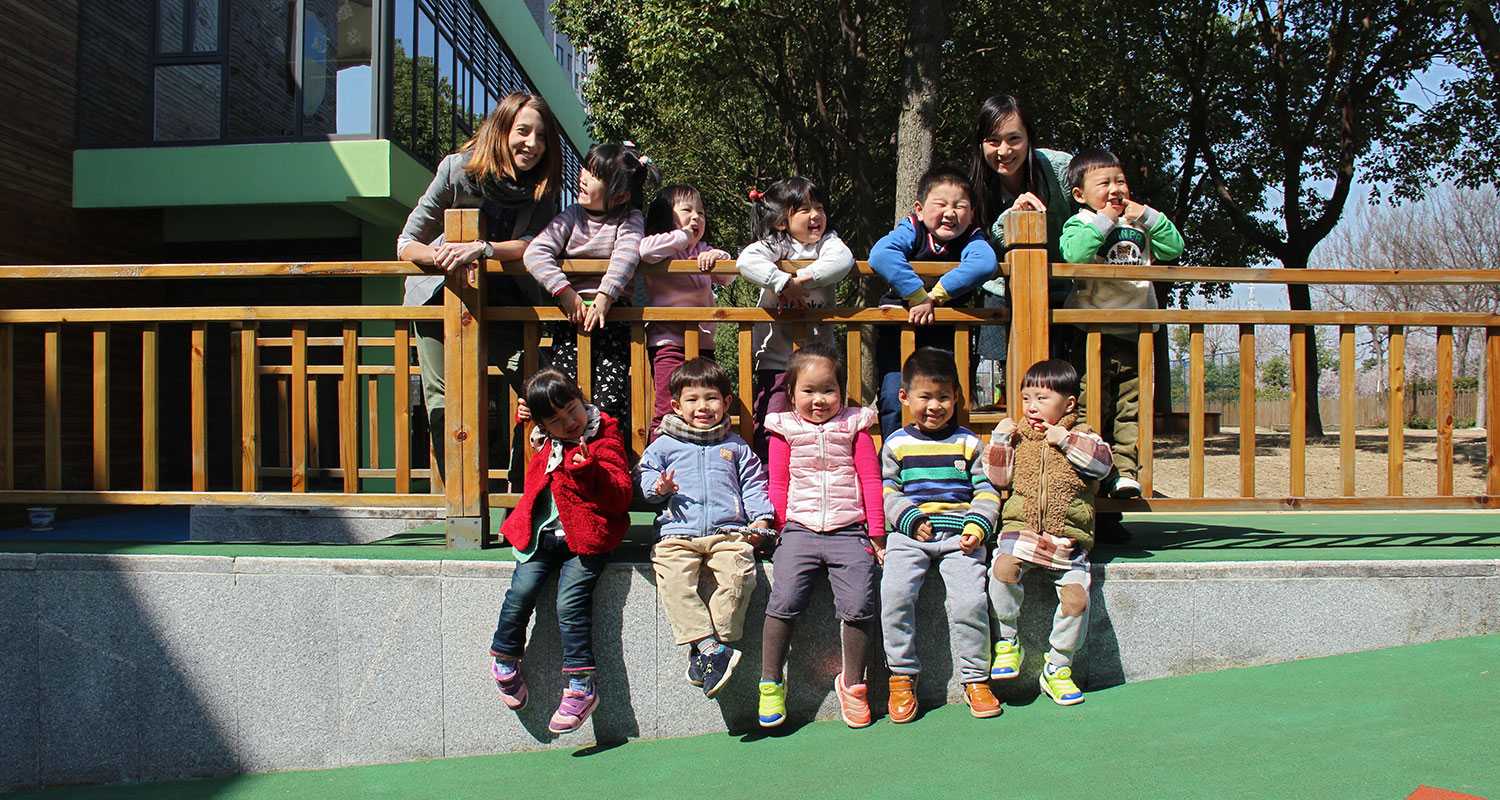8
The number of Pacific Rim nations with cities that host CreativeMornings: Australia, Colombia, Korea, Mexico, Peru, Singapore, the United States and, of course, Canada.
Across the Pacific Rim, CreativeMornings event attendees share similar experiences. People come together once a month in the morning for a short thematic presentation that relates to creativity. After the presentation, strangers introduce themselves to each other and form small groups to converse about the monthly theme.
With a love for bringing people together, Mark Busse has been hosting this event in downtown Vancouver since 2010. A friend who spoke at an event in New York City introduced Busse to CreativeMornings and to its founder, Tina Roth Eisenberg. Eisenberg was partly responsible for nudging Busse to organize Canada’s first CreativeMornings chapter in Vancouver.
The process of organizing an event takes months of planning, particularly when selecting presenters. Volunteer organizers discuss the possibilities related to the monthly theme and set a deadline for finding potential speakers. After contacting these people and confirming their interest, the organizers vote to decide who will present. In January 2013, the global monthly theme was introduced to CreativeMornings, which strengthened the worldwide connections among talks. Previously, local chapters and event organizers chose the themes themselves.
While the most valuable aspect of CreativeMornings is in attending the event itself and networking in person, the website offers users the opportunity to create a personal profile page and to comment on videos. CreativeMornings enthusiasts can stream playlists of videos from around the world, which offer a diverse mix of opinions on each theme. For both local and international participants, it is a way of being involved in the global dialogue that CreativeMornings promotes.

75,520
The number of Richmond residents whose first language is a Chinese dialect, according to the 2011 Census of Canada, the most recent taken.
While English is still the most widely spoken language in Richmond homes, the number of Mandarin-speaking households has increased 54.3 percent since 2006. This rising demographic has greatly influenced Richmond’s business landscape, particularly retail. Richmond’s downtown core, No. 3 Road, is currently dotted with numerous predominantly Chinese signs, which reflect the growing Chinese community. The city has embraced its increasing multiculturalism, positioning itself as an eclectic destination for food, shopping and fun.

5
The number of stray dogs LaRae Baker has adopted since her arrival in Mexico in 2001. She’s also found Canadian homes for three others.
Canadians from all walks of life treat their pets like family and provide them with outstanding care. So when LaRae Baker decided to split her retirement between Vancouver Island and the beaches of Barra de Potosi on Mexico’s Pacific coast, she was shocked by the conditions of dogs in Mexico. A sick puppy quickly found its way into her heart and home, and she realized her retirement would not consist solely of days sunning in the sand, margarita in hand.
Affordable veterinary services and pet reproductive management education is lacking in Mexico, especially in rural areas. “The reality is that families have trouble feeding their kids. No one buys dog food; dogs just eat what’s around,” says Baker’s daughter, Danielle, who has helped her mother during many visits.
At first, dogs simply appeared at Baker’s door and were nursed back to health before being adopted or released. Now, Baker cycles 18 to 21 kilometres daily, feeding malnourished dogs, providing collars, and helping owners get dogs sterilized. She takes dogs to and from the vet, often paying for the spay and neuter procedures herself or with donations from friends and family in Barra de Potosi and Canada.
Proper pet care can be a struggle in Mexico, and Baker knows that the solution is to provide owners with information and access to resources. Still, she does not try to impose Canada’s pet values on Mexican dog owners—she simply wants to help.

CAD 16,442
The average annual income in Canadian dollars of a Canadian hairdresser—approximately half of the AUD 32,000 average annual income of an Australian hairdresser.
According to industry professionals, Canadians are less concerned with the styling of their hair than some of their Pacific Rim neighbours. Australian senior stylist at Vancouver’s Ignite Hair and Beauty Lounge, Larissa Shulgin says, “Australians get their hair done more often than Canadians. Most Australian women get their hair blow-dried twice a week, whereas [in Vancouver] people only get their hair done every few months or for special occasions. The hair culture in Australia is very different.” Alex Hsu, a former salon coordinator for Ignite Hair and Beauty Lounge, notices this cultural difference as well and says, “Not all new stylists have in-salon experience, so those from other countries already with experience are regarded much higher.”











